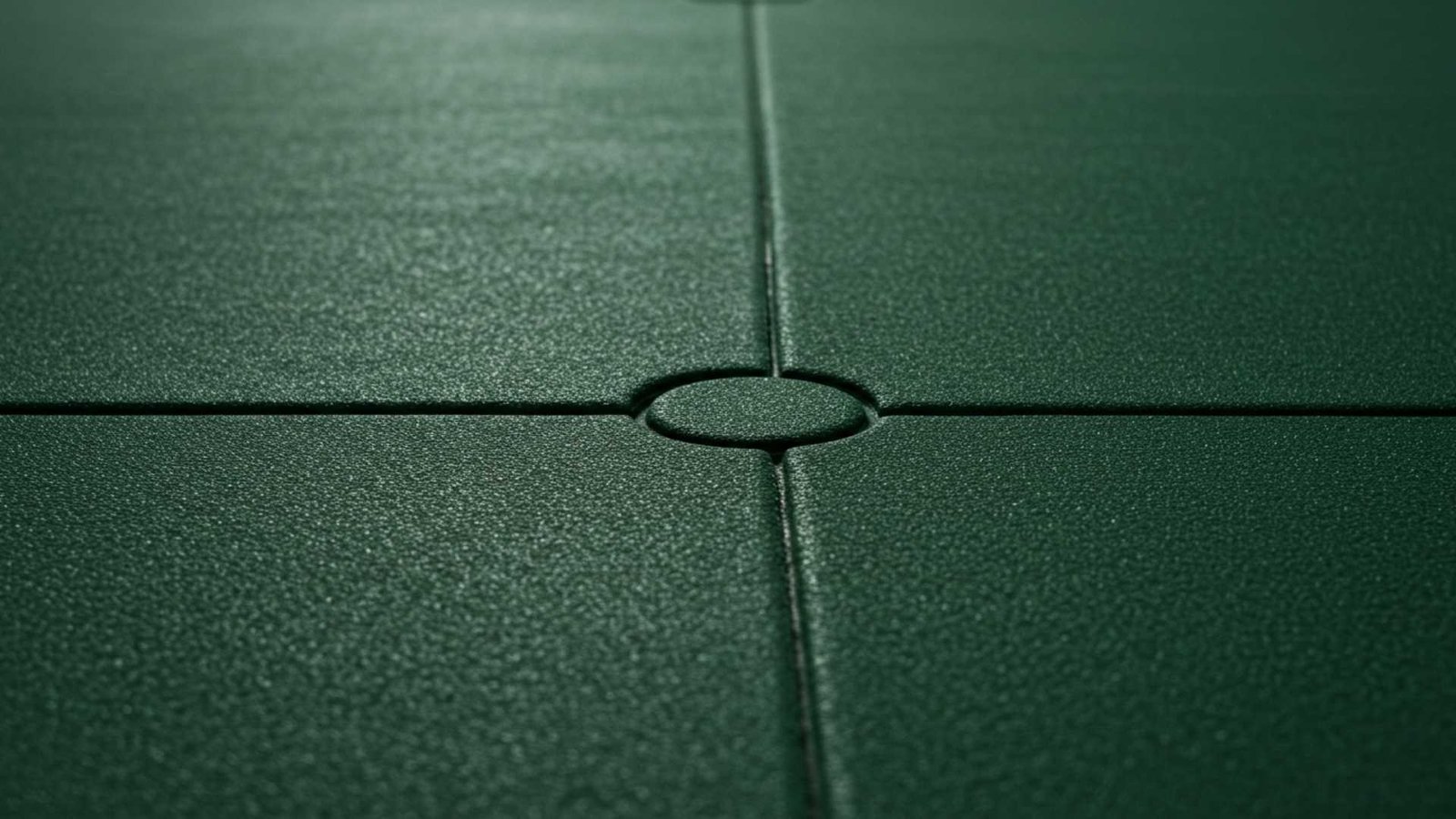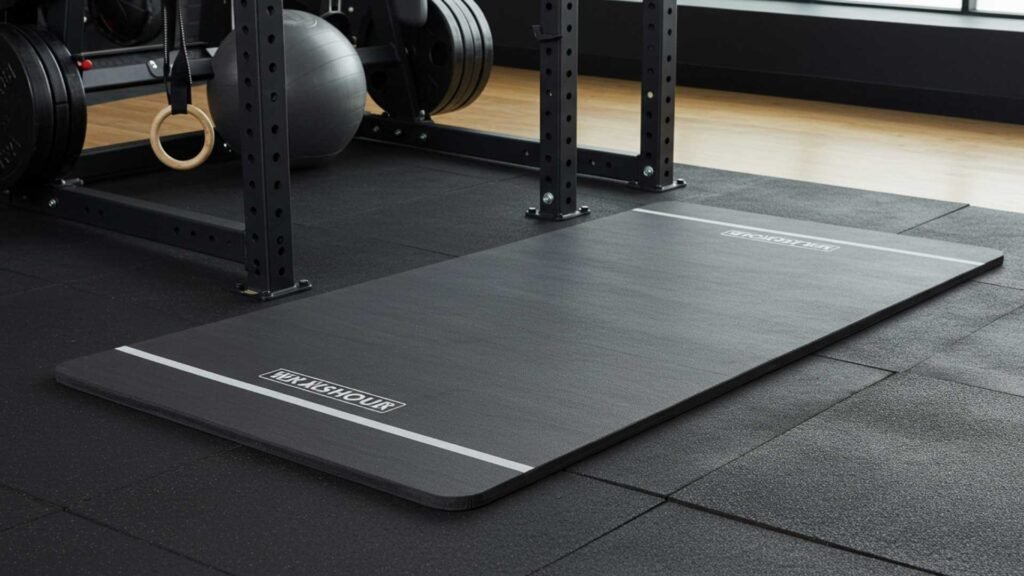
Blog
Best Commercial Gym Mats for Noise Control and Long-Lasting Performance

When you’re running a commercial gym, the flooring is more than just a surface – it’s the foundation of the entire workout experience. Imagine clients dropping heavy weights or slamming medicine balls on the ground – without the right mats, you’d be dealing with constant noise, unhappy neighbors, and damaged floors. That’s why investing in the best commercial gym mats is essential for both noise control and longevity.
Let’s dive into what makes gym mats truly stand out, how they help reduce noise, and which ones offer the best long-term performance.
Introduction to Commercial Gym Flooring
Why Gym Flooring Matters in Commercial Spaces
The right flooring in a commercial gym isn’t just about looks – it’s a critical factor in performance, safety, and noise control. In a gym filled with pounding feet, clanging weights, and jumping bodies, the floor takes a serious beating. Using subpar mats could lead to quicker wear and tear, potential injury risks, and even complaints from tenants or neighboring businesses due to excessive noise.
Think of gym flooring like the suspension in a car. It’s not the flashiest feature, but it determines the comfort, durability, and effectiveness of everything else. In a commercial setting, where foot traffic is high and the equipment is heavy, you need mats that can handle intense pressure daily – without cracking, shifting, or compressing.
Additionally, the wrong mats can contribute to acoustic problems. Echoing footsteps, clanging metal, and vibration from dropped weights can make your gym unpleasantly loud. Quality mats reduce these issues drastically, creating a better experience for members and protecting your facility’s structure.
Importance of Noise Control in Fitness Centers

Noise control in gyms isn’t just about courtesy – it can make or break your business. Whether you’re operating a fitness club above another business or near residential areas, excessive noise can lead to complaints, legal issues, or even forced closures.
Moreover, gym-goers value an environment where they can focus. Constant loud noise can be stressful and demotivating. Gym mats designed for sound absorption play a huge role in keeping ambient noise levels low. Mats with dense rubber compositions and soundproof layering can reduce noise from dropped weights by up to 50% or more.
It’s also important from a branding perspective. A quieter gym sounds more professional and controlled. This can be especially appealing for boutique gyms, PT studios, or wellness centers where ambiance is everything. Investing in high-quality mats is a strategic move – not just a functional one.
Key Features of High-Quality Commercial Gym Mats
Durability and Material Composition
Durability is non-negotiable in commercial settings. Unlike home gyms, where a mat may only see a couple of hours of use daily, commercial mats endure constant foot traffic, equipment weight, and daily cleaning. That’s why the best mats are often made from heavy-duty rubber, vulcanized rubber, or ultra-dense foam.
Recycled rubber is a common choice because it’s tough, environmentally friendly, and shock-absorbent. Vulcanized rubber, on the other hand, is heat-treated to increase elasticity and strength, making it even more durable under high loads.
Additionally, commercial mats often feature anti-slip textures and sealed edges to prevent fraying. Thickness also plays a key role – most high-performance gym mats range from 3/8 inch to 1 inch thick. Thicker mats not only last longer but also provide better protection for subfloors and gym-goers alike.
Shock Absorption and Sound Dampening
These two features go hand-in-hand. The more impact a mat can absorb, the less noise it generates. This is why thicker, denser mats tend to be more effective in noisy environments.
Good shock absorption protects joints during workouts – especially for high-impact movements like jumping, running, or weightlifting. At the same time, it minimizes the vibrations that travel through the floor, which are often the main culprit behind disturbing noise.
Some mats are specifically engineered with dual-layer construction: a top surface designed for grip and durability, and a bottom layer crafted for acoustic insulation. These mats absorb sound waves, reduce echo, and prevent noise from transferring between rooms or floors.
If your gym is in a shared building or upper floor, choosing mats with top-tier sound dampening is not optional—it’s critical.
Ease of Installation and Maintenance
No one wants to spend days installing flooring—or replacing it every few months. The best commercial gym mats are designed to be easy to install and even easier to maintain.
Look for interlocking systems, puzzle-edge tiles, or rolls that can be cut to size. Interlocking tiles are especially popular for their flexibility and quick replacement options. If a tile gets damaged, you just replace the one piece instead of redoing the entire floor.
When it comes to cleaning, commercial gym mats should be resistant to sweat, moisture, and bacteria. Anti-microbial surfaces and sealed finishes make it easier to wipe down and sanitize. And since commercial gyms need frequent cleaning, the mats should hold up under regular scrubbing without losing grip or breaking down.
Types of Gym Mats for Commercial Use
Rubber Gym Mats
Rubber gym mats are the gold standard for commercial fitness centers. They’re durable, grippy, shock-absorbent, and great for reducing noise. Whether you’re outfitting a weightlifting zone, cardio area, or functional fitness space, rubber mats can handle it all.
The real magic of rubber is its density. The heavier and thicker the mat, the better it is at absorbing shock and minimizing sound. Rubber tiles are also incredibly resilient under heavy equipment—like treadmills, racks, and leg press machines.
There are a few types of rubber gym mats:
- Standard rubber tiles – great for general use
- Vulcanized rubber tiles – higher-end option with enhanced durability
- Rolled rubber – ideal for covering large spaces quickly and seamlessly
Rubber mats are slightly more expensive upfront but offer excellent ROI due to their longevity and low maintenance needs.
Best Gym Mats for Noise Reduction
Mats with High Soundproof Ratings
If noise is your top concern—especially in multi-level gyms or urban environments—then choosing mats with high soundproof ratings is a no-brainer. These mats are engineered with dense, layered materials designed specifically to absorb and dissipate sound waves.
High-quality rubber mats, particularly those made with vulcanized rubber or featuring an underlayment layer, excel at sound dampening. Some products even advertise a decibel reduction rate, often cutting impact noise by 20–40 dB, which is a significant difference in loud gym environments.
Look for mats with:
- Dual-layer construction: Top layer for durability, bottom layer for soundproofing
- Rubber composite blends: Denser than standard rubber, better at absorbing sound
- Acoustic test certifications: STC (Sound Transmission Class) and IIC (Impact Insulation Class) ratings
You might also consider combining gym mats with acoustic panels on walls or ceilings for maximum noise reduction. But it all starts at the floor—where most of the impact noise originates.

